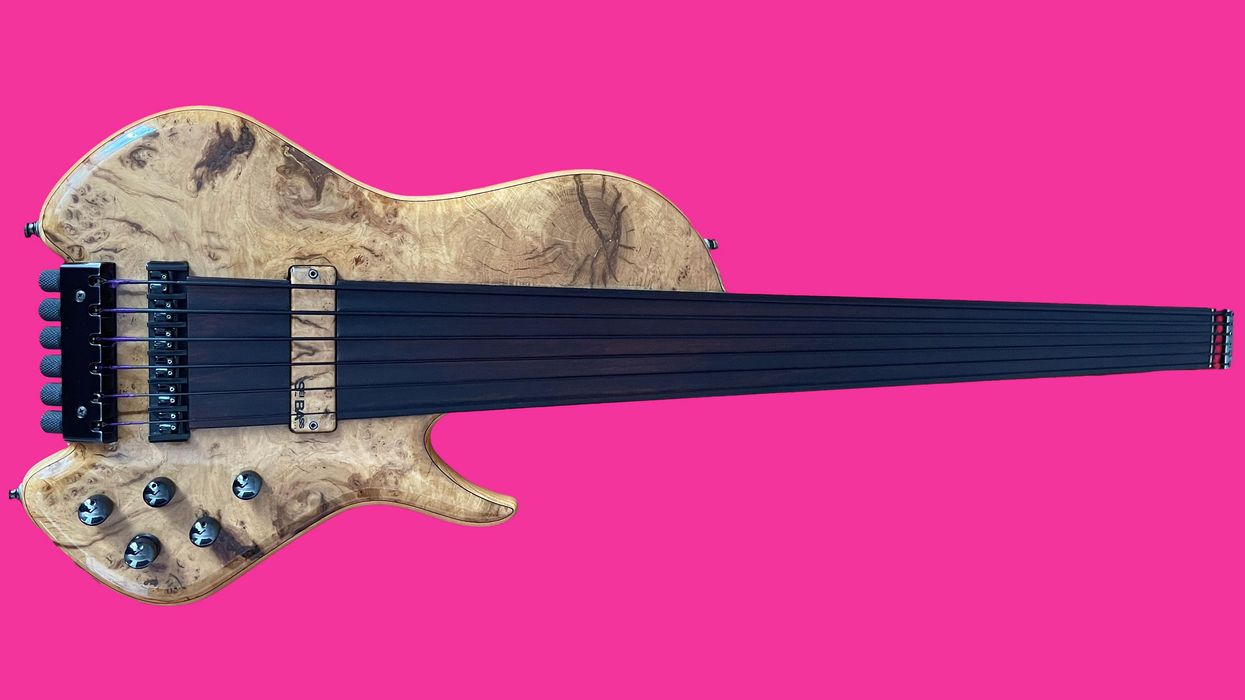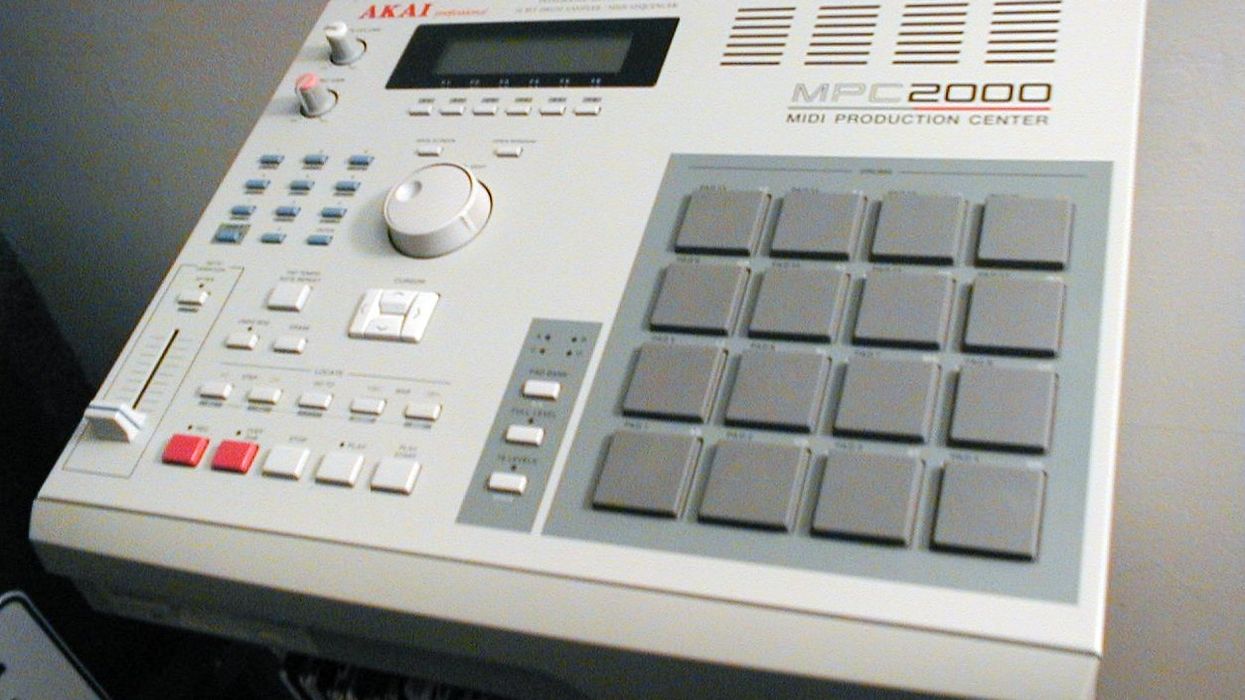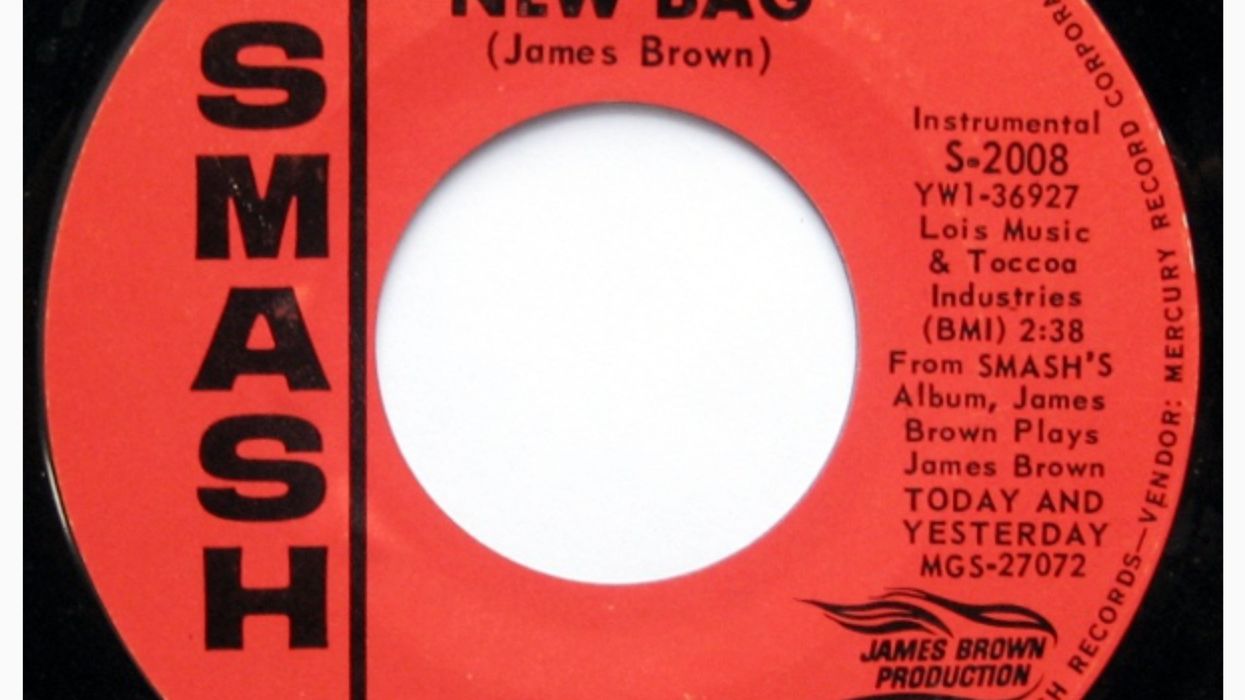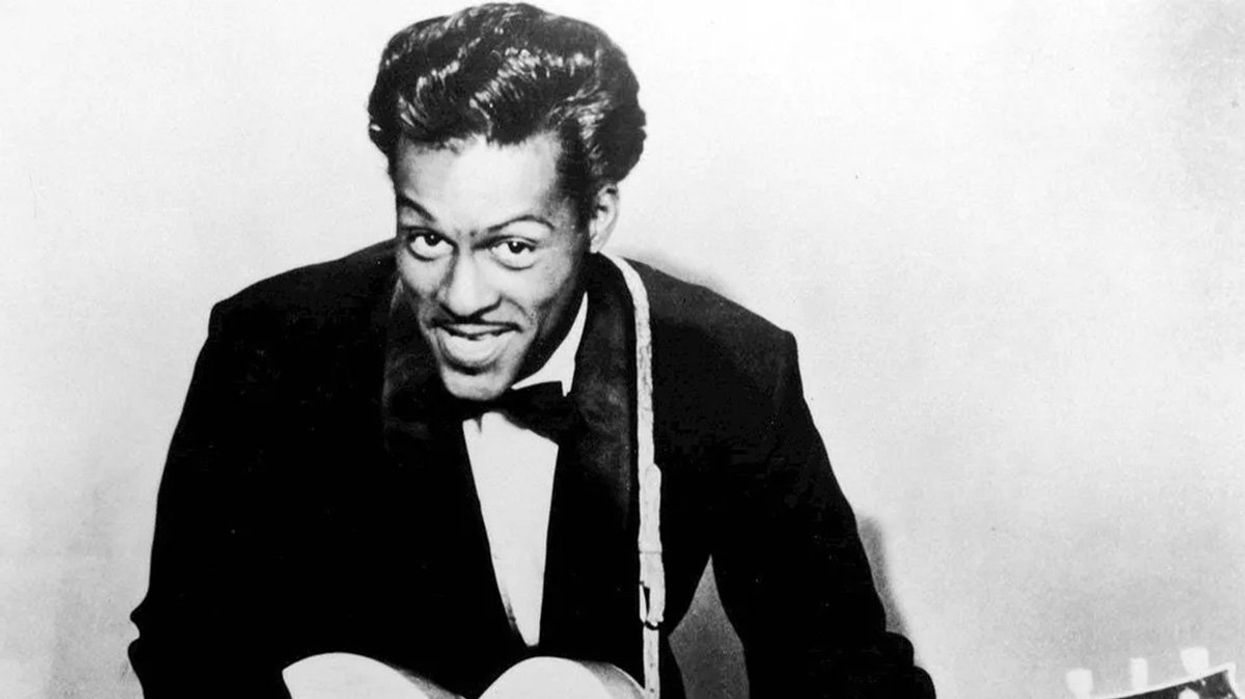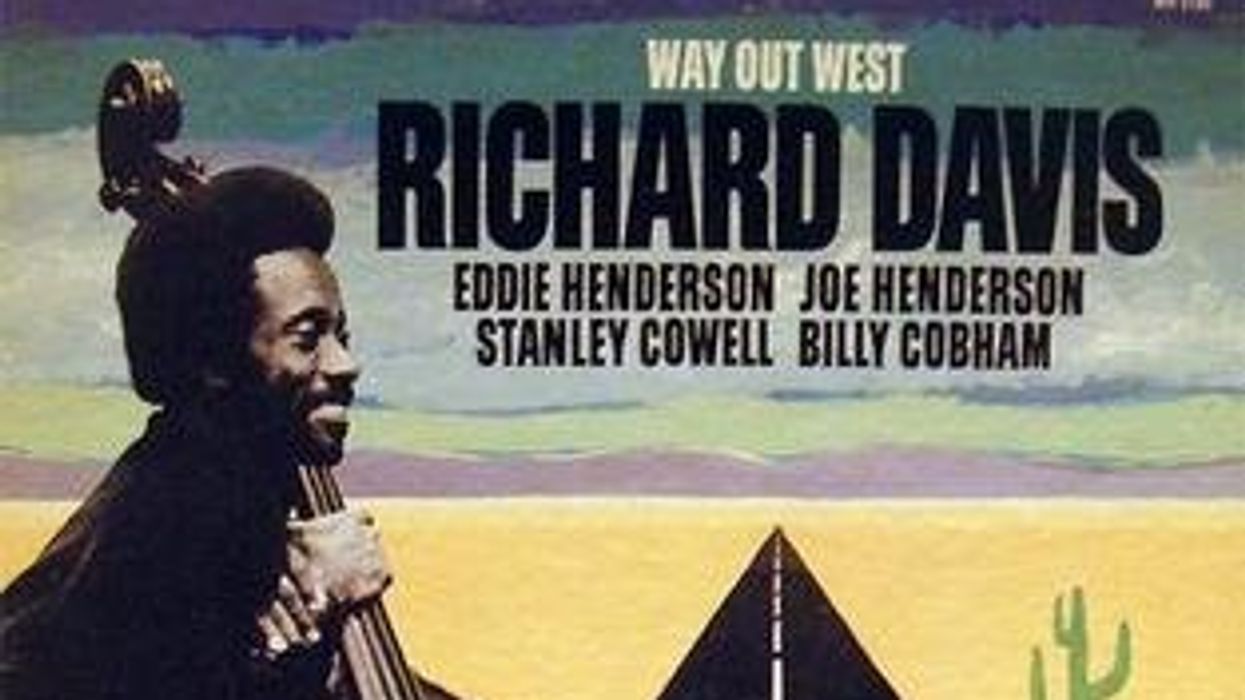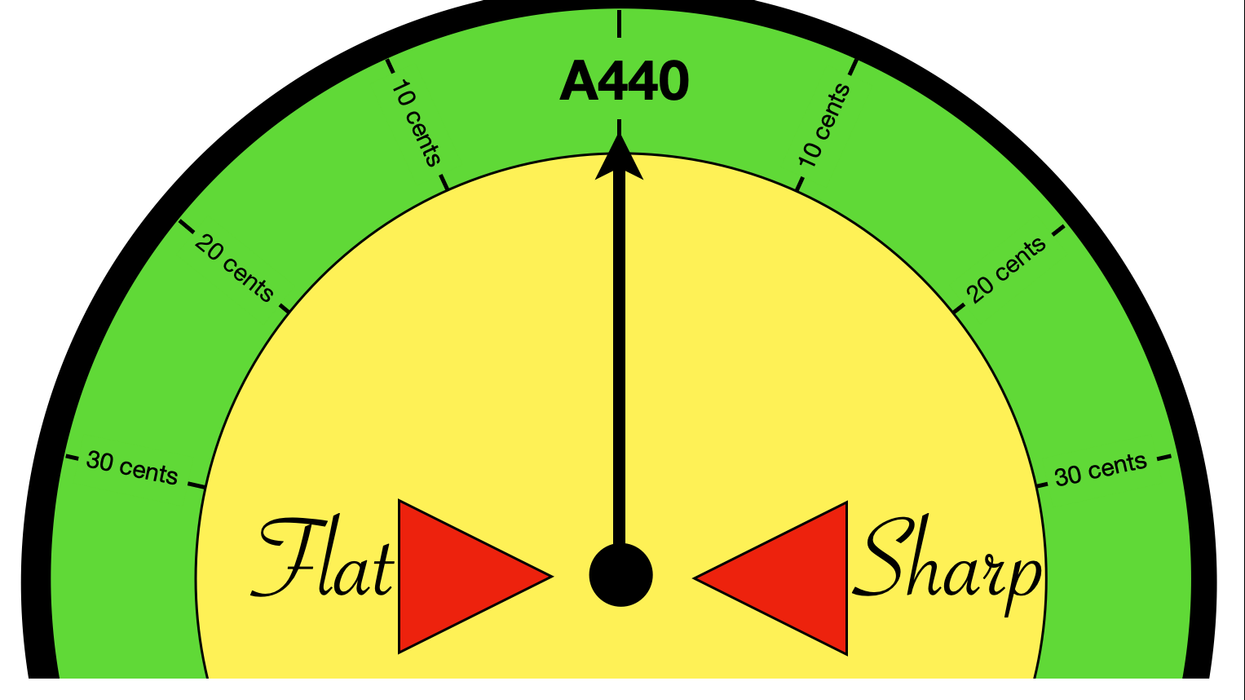The bass is not a guitar.
I know, I know…. This can be confusing and even controversial. Basses look a lot like guitars, and so many people call the instrument I play the “bass guitar.” From this name, one might deduce that, like the bass flute, a bass guitar is merely a member of the guitar family which sounds lower. I will concede that the guitar and bass might seem similar and even appear to have a common ancestor, but appearances can be deceiving. These two instruments are separate and come from very different lineages. The ancestor of the electric bass is actually the double bass or upright bass, which hails back to the Renaissance, belonging to the violone family (along with the viola da gamba). On the other hand, the modern guitar’s ancestors range from the oud to Spanish instruments such as the guitarra latina and vihuela.
Upright and electric basses do typically feature four strings in the same tuning. Because they share the same note names as the first four strings of the guitar, some might see this as evidence that they are, indeed, related. Our modern guitar tuning was probably derived to accommodate chordal playing. This is why the second string interrupts the pattern of fourths with a third, which makes a whole host of chords possible and simpler to strum across all the strings at once.
To make matters more complicated, Leo Fender is sometimes mistakenly credited with the invention of the electric bass. In 1951, Leo modified his solidbody Telecaster guitar design to create the Precision Bass, so called because the frets allowed for precise intonation while playing. Later, Leo borrowed his offset body design from the Jazzmaster to create the Fender Jazz Bass. Both the Precision and Jazz basses became extremely popular and most modern electric bass designs are in some way based on them. By utilizing standardized patterns for most of his guitars and basses, Fender mastered the art of assembly-line mass production, which helped us all to see the electric bass as a type of guitar, due to the obvious similarities.
The ancestor of the electric bass is actually the double bass or upright bass, which hails back to the Renaissance, belonging to the violone family (along with the viola da gamba).
However, the first known electric bass ever made was the Audiovox Bass Fiddle, created by Paul Tutmarc in the mid 1930s. With the help of two new inventions, the amplifier and magnetic pickup, Tutmarc created the world’s first truly portable bass. While acoustic bass instruments had to be large to reproduce the extremely low fundamentals required, electric instruments changed all of that. Now, a relatively small 18-watt portable package could produce the lowest fundamentals, which had only been possible with instruments such as tubas, pipe organs, huge double basses, and 9' grand pianos. Tutmarc’s first attempt was a small solidbody upright, but he soon realized that he could build an even more compact bass that could be played horizontally.
Many bass players who would eventually play electric basses exclusively began as upright players, continuing a long tradition that predated the invention of the electric bass by at least two centuries. From my perspective, I come out of a long lineage which began with great upright players like Jymie Merritt and James Jamerson, who switched to the electric bass in the late ’50s, mostly out of convenience. These new smaller and louder instruments were game changing because they allowed constantly touring musicians to hold down a bass role in a more transportable package.
At first, bassists transferred what they were already playing on the upright to electric. But over time, they developed new voices, techniques and approaches specifically tailored to the physical characteristics, sonorities, and capabilities of this instrument. By the time we get to Bootsy Collins, Tony Levin, Louis Johnson, Larry Graham, Jaco Pastorius, Anthony Jackson, Jeff Berlin, Mark King, Marcus Miller, Rich Brown, Victor Wooten, and so many others, there are bassists who play the electric bass exclusively, and who have developed their own astounding techniques for doing so.
The bass has spent over six decades at the forefront of cutting-edge genres from soul to R&B, country, rock, funk, disco, jazz, and fusion. Today, there are countless virtuoso bassists who have never played the guitar or upright bass and have no desire to. The bass is not a guitar or even an upright bass substitute. And it is no longer a thing played out of convenience, but an independent instrument with its own sound and rich lineage.


